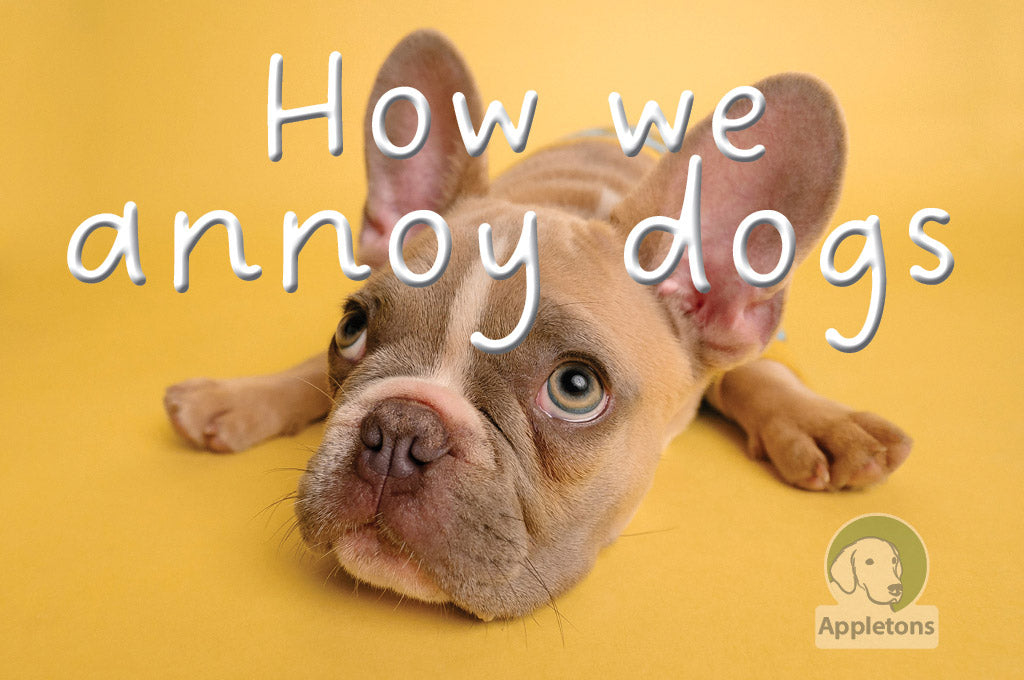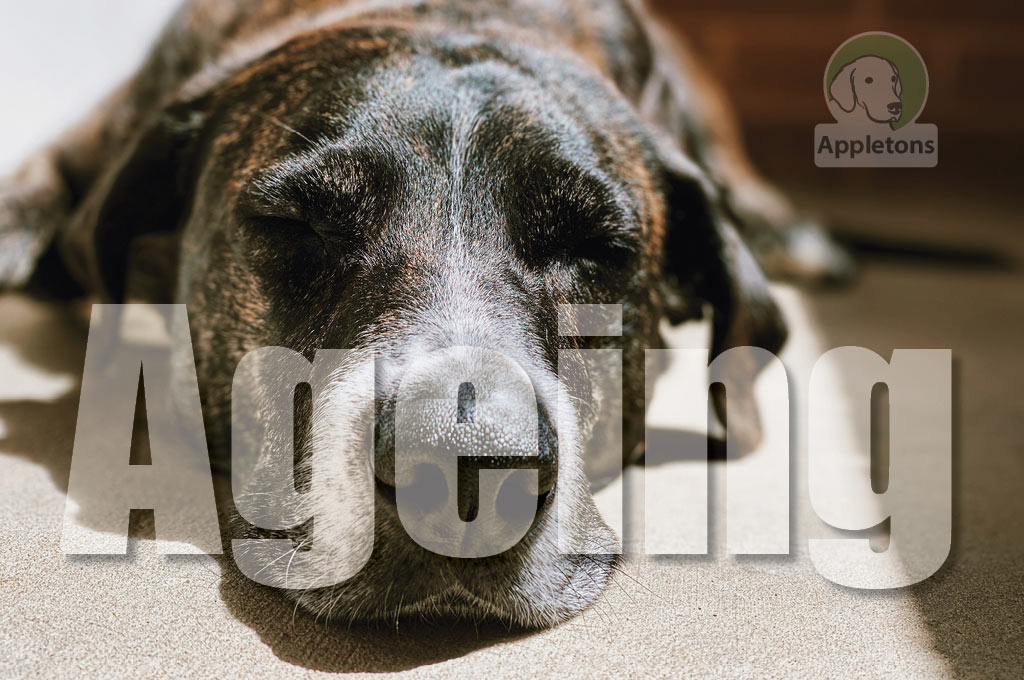10 Dog Commands | Sit, Stay, Down...
9th June 2023
Teaching your dog basic commands is not only fun but also a great way to bond with your furry friend. Here are some easy dog commands you can try:
TIP: Keep training sessions short and enjoyable for your dog.
Remember to be patient and use positive reinforcement with treats and praise.
If your dog seems uninterested or frustrated, take a break and try again later.
Consistency and positive reinforcement are key to successful dog training.





Swipe for more
#1. Sit
The Sit command is one of the most essential for your dog. As a basic obedience cue, it is also an important behavior to teach for safety reasons. The Sit command is an important part of good pet socialising etiquette when you are out and about with your dog. The sit behavior can help your dog to master impulse control in many scenarios, such as waiting calmly before going out the door or being fed. The best way to teach your dog to sit is through the use of positive reinforcement. This means rewarding your dog with treats, praise, or affection whenever they perform the desired behavior.
- Hold a treat close to your dog's nose.
- Move your hand up, and as your dog follows the treat with his nose, his bottom will naturally lower.
- Once he's in a sitting position, say "Sit" and give him the treat.
#2. Stay
The Stay command is another important command and is very useful in situations where you need your dog to remain calm and stay put. It’s also a great behavior to work on for teaching impulse control around distractions, as it helps them to stay and look to you for direction in situations where they might otherwise be overly enthusiastic. It’s also an important behavior to teach for safety reasons in any social setting or environment.
- Ask your dog to sit.
- Open your hand in front of him and say "Stay."
- Take a step back and reward him if he stays in place.
- Gradually increase the distance and duration.
#3. Down
The Down command can be beneficial when encouraging your dog to relax, but it’s also a foundational command that gets revisited when teaching various other skills. The Down command can also be helpful for repositioning your dog for veterinary or grooming scenarios.
- Start with your dog in a sitting position.
- Hold a treat in front of his nose, then lower your hand to the floor.
- As your dog follows the treat, encourage him to lie down by saying "Down" and reward him when he does.

#4. Leave it
If your pup is food-motivated or has a tendency to put things in their mouth, “Leave It” will help them resist the urge to pick up things that they shouldn’t — such as garbage, food off the ground, or even dangerous objects.
- Put your dog on a leash.
- Stand with your dog in front of you, and drop a treat behind you.
- As your dog goes for the treat on the ground, say, “Leave it!” and block them from reaching it.
- Prevent them from snatching the snack off the floor.
- Once your dog stops trying to get around you and can hold themselves back from temptation, give them a separate treat and say “Yes!” or “Good dog!”
#5. Come
Recall is a key training command and Come is one of the most important commands you can teach your dog. Not only is it a great way to recall them in social settings, but it can be very useful in emergency situations in ordere to get their attention fast. This command will help keep your dog safe by teaching them that coming immediately when they’re called is a good thing. If each recall situation is positive for your dog, it can significantly improve your relationship with your dog and increase their desire to come to you. The key to teaching a solid recall is to make yourself more interesting and valuable than any distraction your dog is presented with.
- Start by having your dog on a longer leash in a low distraction environment and quickly move a few feet away from them.
- You want your movement to be fast enough that your pup would have fun chasing you.
- As your dog is on the move and has almost reached you, use your “Come” command and reward them with a high-value treat once they’re right in front of you.
- Saying “Yes!” or “Good dog!” will also convey to your pup that they did the right thing.
- If your dog needs extra guidance for this command, gently reel them in with the leash. You can also hold one of your dog’s favorite toys to give them more incentive to chase you.
#6. Engagment
Engagement is where you teach your dog to check in with you via eye contact. Incorporating engagement into the cues you teach your pup will strengthen your bond, and in some scenarios, it can be a way for your pup to ask for permission for things. An example of this would be telling your dog to wait before passing through a door, but once they give you eye contact, you release them to pass through the door. When you are first teaching your dog how important it is to check in with you in this way, you can mark it with a command, such as “Watch me” or “Look at me.” However, the ultimate goal is for your dog to understand the concept of regularly meeting your eyes to maintain communication with you — whether you explicitly tell them to or not.
- Start by putting your dog on a leash. Show them you have a treat, but place the hand holding it behind your back.
- Continue to stare at the place where their yummy snack disappeared. At this point, don’t give your dog any commands. Simply stand there and wait for your pup to make eye contact.
- Once you make eye contact with your dog, even for a second, say “Yes!” or “Good dog!” and give them the treat. Remember: for some dogs, it can take a while to connect the dots, so be patient.
#7. Shake Hands | Paws
- Command your dog to sit.
- Hold a treat in your closed hand and present it to your dog.
- When your dog lifts his paw to touch your hand, say "Shake" and reward him.
#8. Roll Over
- Start with your dog in a lying down position.
- Hold a treat close to his nose and move it in a circular motion, leading him to roll over.
- Say "Roll Over" and reward him when he completes the roll.
#9. Spin
- Hold a treat near your dog's nose.
- Move the treat in a circular motion, encouraging your dog to spin around.
- Say "Spin" and reward him when he completes the spin.
#10. Fetch
- Use a favorite toy and encourage your dog to grab it in his mouth.
- Toss the toy a short distance and say "Fetch."
- When he brings it back, reward him and praise.

It’s important to remember that patience is key when teaching your dog new commands. If your dog seems to be struggling with a particular command, try breaking it down into smaller steps or making the cue less complicated.
It’s also a good idea to prepare some high-value, tasty treats your dog loves, as most dogs are motivated by food, which will help them stay focused and engaged during training sessions. Finally, keep training sessions short, fun, and consistent, and you’ll be well on your way to teaching your dog some basic commands.

It’s important to remember that patience is key when teaching your dog new commands. If your dog seems to be struggling with a particular command, try breaking it down into smaller steps or making the cue less complicated.
It’s also a good idea to prepare some high-value, tasty treats your dog loves, as most dogs are motivated by food, which will help them stay focused and engaged during training sessions. Finally, keep training sessions short, fun, and consistent, and you’ll be well on your way to teaching your dog some basic commands.
Read More Dog Blogs




Swipe for more








